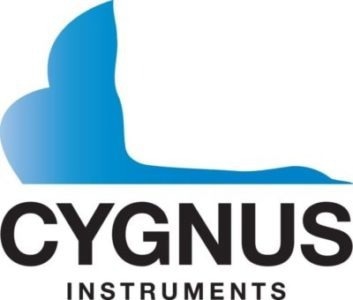Gas explosions can be catastrophic, causing irreversible damage and, unfortunately, loss of life. An explosion occurs when an ignition source, such as electrical or thermal equipment, enters a space containing flammable or potentially explosive substances—typically within a confined building or vessel. The extreme heat generated in such conditions increases pressure, leading to an explosion.
 ???????
???????
Image Credit: Vladimir Mulder/Shutterstock.com
The same principle applies to environments with a high concentration of airborne dust, which can also result in devastating consequences. In these situations, visibility is severely reduced.
Such conditions are alarmingly common; records show that nearly every industry that stores, handles, or processes materials has experienced dust explosions, resulting in devastating incidents throughout history, including in recent years.
This risk is especially relevant in coal mines. When the rock is crushed, dust is dispersed into the surroundings. During transportation, the rock often gets knocked and damaged, throwing even more dust into the air. Furthermore, coal mining releases methane gas, which collects in coal deposits over millennia. Methane is highly flammable and poses a significant explosion risk.
Cygnus 1 Ex
Various ignition sources may be introduced into hazardous areas for different purposes. One critical example is the use of ultrasonic testing equipment to perform essential maintenance checks on machinery.
While maintenance is vital for ensuring safety—and can even help prevent dust clouds by limiting leaks—the equipment used must also be safe to operate in these environments.
The Cygnus 1 Ex is certified for use in locations where there is a risk of fire or explosion due to the presence of ignitable or flammable substances in the air at concentrations sufficient to form an ignitable mixture. These substances include gases, vapors, and dust.
The Cygnus 1 Ex is Intrinsically Safe. For equipment containing electronic components such as batteries, intrinsic safety technology limits the energy within the system—ensuring no arc or spark can be generated, and no component can heat to a level that could ignite a hazardous atmosphere under any condition. This applies during both normal operation and fault conditions, with low power levels and minimal stored energy.
Key features of the Cygnus 1 Ex’s Intrinsically Safe design include:
- Limited output energy to prevent ignition of explosive atmospheres
- Anti-static enclosure to prevent static discharge
- Multiple redundant safety components
- No high surface temperatures generated in the event of damage or fault
‘Intrinsically Safe’ is an Ex Protection Concept used to determine which facility areas ('zones') the equipment is suitable for. The term ‘Ex’ is recognized globally in reference to explosive atmospheres and the systems in place to prevent explosions.
IECEx, ATEX, and North American standards allow intrinsically safe equipment in any Zone or Division with the appropriate protection level.
The Cygnus 1 Ex is certified for all hazardous gas Zones (0, 1, 2) and for dust in Zones 21 and 22. Zone 21 refers to areas where combustible dust may occasionally be present. Zone 22 refers to areas where combustible dust is not usually present but may occur briefly.
Enhanced Features
The Cygnus 1 Ex ultrasonic thickness gauge offers a major step forward in safe structural inspection within hazardous environments. Described by customers as “versatile, multifunctional, robust, and intuitive,” this intrinsically safe gauge provides strong user control and flexibility, eliminating the need for plant shutdowns or Hot Work permits.
Equipped with three measuring modes and a range of probes, the gauge can measure various materials and metals with severe corrosion or protective coatings up to 20 mm thick, saving significant time and cost by avoiding coating removal.
For advanced users, Manual Measurement Mode makes it easier to take accurate readings in more challenging areas, such as areas with heavy corrosion.
Similar to a flaw detector, users can manually adjust two gates (placing them anywhere on the A-scan) and modify gate height, start point, and width. This allows measurements to be taken from a gate or between gates. Time-controlled gain (TCG) can also be applied to enhance weaker echoes by introducing different gain levels.
Data storage and analysis are equally flexible. Comprehensive data logging supports linear formats, templates, and 2-D or 3-D grid layouts, with 16 grid patterns and options for annotation. Radial Points allow additional inspection of areas with high corrosion by enabling up to 12 extra measurements around the main measurement point.

This information has been sourced, reviewed and adapted from materials provided by Cygnus Instruments.
For more information on this source, please visit Cygnus Instruments.